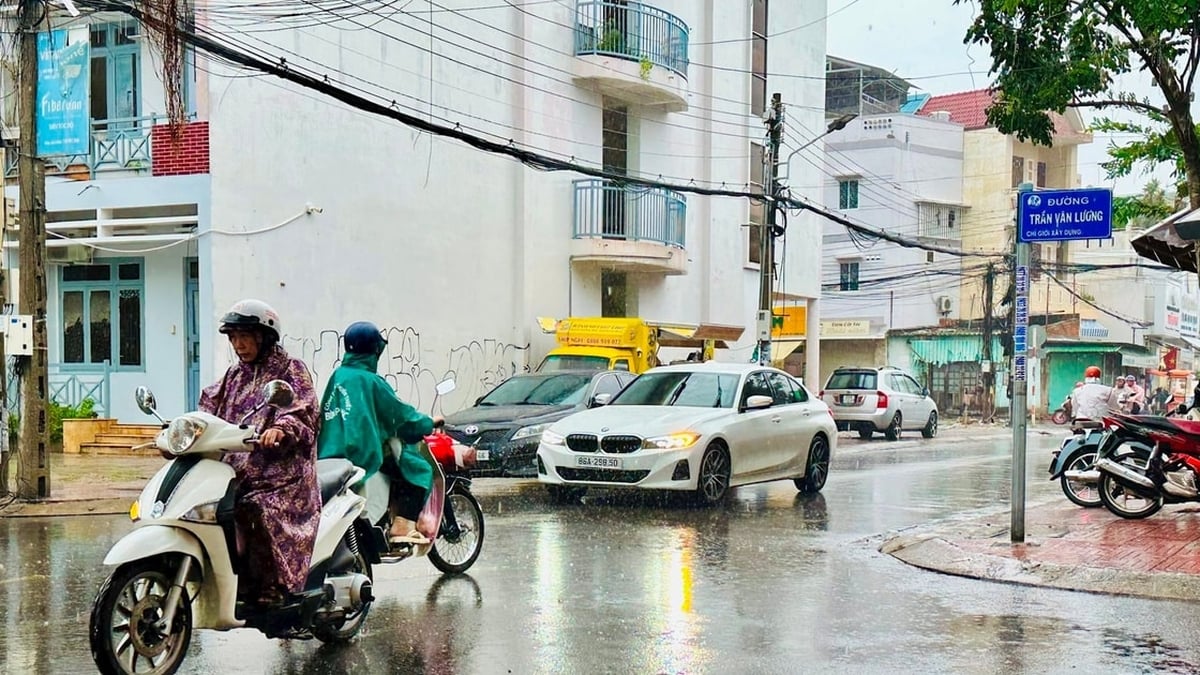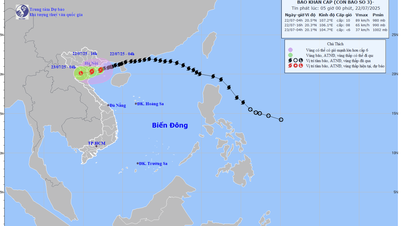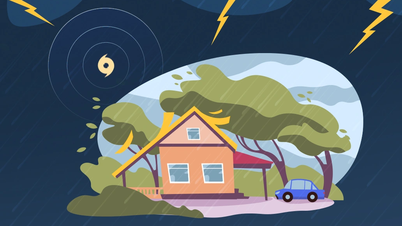- Wednesday, July 3, 2024 13:00 (GMT+7)

Glycemic index
The glycemic index (GI) is defined as the value indicating the concentration of glucose in the blood, usually measured in mmol/l or mg/dl. The concentration of glucose in the blood constantly changes every day, even every minute, especially related to daily diet and activities.
There is always a certain amount of sugar in the blood. If blood sugar is often high, it will lead to diabetes and cause complications to many organs.
Blood sugar index is divided into 4 types: random blood sugar, fasting blood sugar, 1-hour postprandial blood sugar and 2-hour postprandial blood sugar and blood sugar is shown through the HbA1C index.
Blood sugar index helps determine the concentration of glucose in the blood at the time of examination. From there, it can be determined whether the patient is at a normal level, pre-diabetic or diabetic.
Safe blood sugar index for normal people is as follows: Any blood sugar :
The fasting blood sugar level is first measured in the morning after fasting for at least 8 hours or more, without eating or drinking any food. A fasting blood sugar level between 70 mg/dL (3.9 mmol/L) and 92 mg/dL (5.0 mmol/L) is normal.
Postprandial blood sugar : The postprandial blood sugar index of a healthy person is below 140mg/dL (7.8 mmol/L) measured within 1-2 hours after eating.
Blood sugar at bedtime : Normal blood sugar levels before bedtime range from 110-150mg/dl (equivalent to 6.0-8.3mmol/l).
Hemoglobin A1c (HbA1c) test : HbA1c below 48 mmol/mol (6.5%) is normal. HbA1C is commonly used to diagnose diabetes.
Blood sugar measured at any time of the day will be dangerous when > 200 mg/dL for both people with and without diabetes. High blood sugar can be a warning that the body is having a metabolic disorder, especially for people without diabetes, this is a risk of disease progression.
High blood sugar has these symptoms
Early hyperglycemia often has no symptoms. Therefore, diagnosis may be delayed.
Most people with hyperglycemia do not have symptoms until blood glucose levels exceed 180 - 200 mg/dL or 10 - 11.1 mmol/L. The higher the blood sugar level, the more severe the symptoms.
The most common symptoms of hyperglycemia include: eating a lot, drinking a lot, losing weight, urinating a lot, headaches, poor concentration, blurred vision, fatigue, and muscle weakness.
There are some rare but still possible symptoms of hyperglycemia such as numbness, tingling or pain in the hands and feet due to nerve damage. Skin disorders such as slow wound healing, itching, dry skin, dark wrinkles on the neck area...
Source: https://laodong.vn/dinh-duong-am-thuc/duong-huet-cao-co-dang-lo-ngai-khong-1361076.ldo


























![[Photo] National Assembly Chairman Tran Thanh Man visits Vietnamese Heroic Mother Ta Thi Tran](https://vphoto.vietnam.vn/thumb/1200x675/vietnam/resource/IMAGE/2025/7/20/765c0bd057dd44ad83ab89fe0255b783)












































































Comment (0)